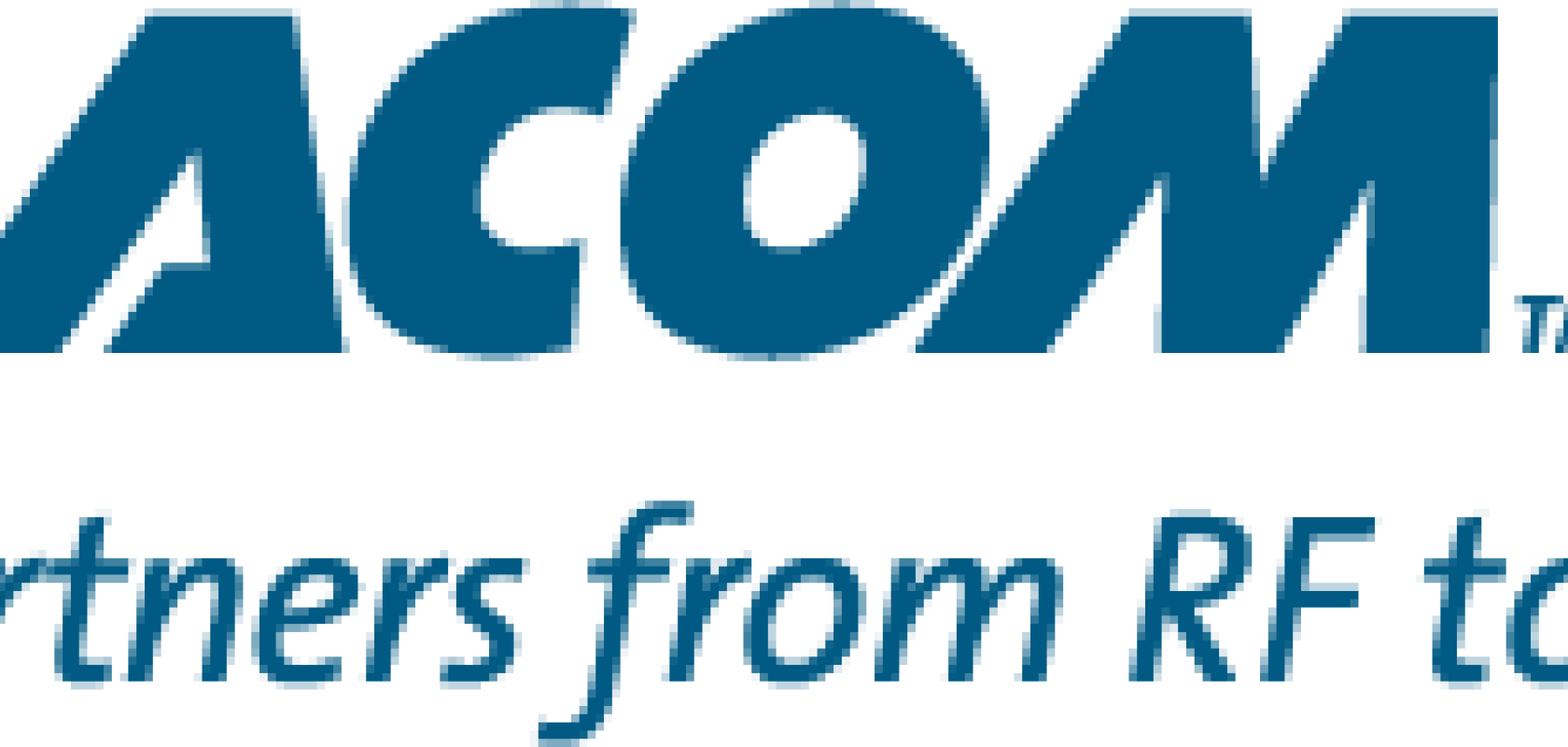
In this viewpoint, we offer some predictions for the optical networking domain in 2018, with a special focus on hyperscale data centers, where the pace of innovation is hitting breakthrough strides.
100G optimization and deployment
The adoption of 100G modules is well underway among hyperscale data centers today, with millions of 100G links deployed as demand for higher speed optical interconnects continues to surge. As 100G technology reaches maturity in 2018, optical suppliers will likely seek competitive advantage by intensifying their efforts to reduce module costs, and increase system density, which in turn requires a careful balancing of power and thermal profiles.
Single lambda PAM-4 modulation is critical to these efforts, enabling the delivery of 100G throughput over a single fiber. This can reduce the number of lasers from four to one in an optical transceiver module, and the associated cost and density benefits are significant. For data center operators, single lambda PAM-4 is widely expected to become the de facto standard for 100G connectivity going forward, with deployment commencing later this year.

With hyperscale data center operators driving the adoption of leading-edge 100G technologies, the enterprise data center ecosystem is poised to take advantage of established, current-generation 100G optical technologies. Fortune 500 companies hosting their own IT infrastructure are expected to fuel a new wave of 100G adoption beginning in 2018, as they seek to benefit from the cost efficiencies and robust supply chain ushered in via the mainstreaming of 100G technology in the hyperscale data center.
400G close on the horizon
Even as the market for 100G modules continues to soar in 2018, the optical industry will take a major step forward toward enabling 400G connectivity in hyperscale data centers, and industry watchers anticipate that we could see initial 400G module uptake by the end of the year. Prototype 400G modules are projected to hit the market within the next six to 12 months.
The transition to 400G modules promises more than just a 4X data throughput improvement, however. The power efficiency gains are equally noteworthy. A 400G module is expected to consume only 2.5X the power of a 100G module, not 4X the power as one might assume. Therefore, a 400G module can transmit an equal number of bits from point A to point B much more efficiently than a 100G module in terms of power and space savings, driving power-per-bit and cost-per-bit downward.
Increased density and integration

Much of the emerging generation of 400G switch silicon from a variety of vendors is also noteworthy in that it leverages 50Gb/s electrical channels – a key capability recently standardized by IEEE and OIF. The evolution from 25Gb/s to 50Gb/s electrical signaling enables twice the data throughput over a copper PCB trace, which ultimately allows for higher density modules on the pathway from 100G to 400G, complementing the density gains achieved with the single lambda optical architecture.
This development opens the door for continued innovation in smaller form factor pluggable modules like microQSFP that further optimizes 100Gb/s port densities. Supporting one, two and four channels per module in the same faceplate density as a single-channel SFP, a microQSFP module equipped with 50Gb/s electrical IO could deliver 100G throughput using just two host side traces (vs four today), while providing a 33% increase in density compared to QSFP28 (48 microQSFP ports vs. 36 QSFP28 ports per 1u faceplate).
In the year ahead, we can also expect to see advancements in optical component integration that will further increase the density of 100G and 400G modules. Whereas today system designers are grappling with discrete PHYs, TIAs, laser drivers, CDRs and more on their evaluation and prototype boards, one can envision how some of these functions could be consolidated further, potentially reducing design complexity, cost, interoperability testing and overall time to market.
We invite you to join us throughout the year ahead to assess the latest breakthroughs and trends in optical technologies. There’ll be much to talk about as we head into OFC 2018 and onward to the CIOE and ECOC tradeshows – we’re looking forward to an exciting year!

